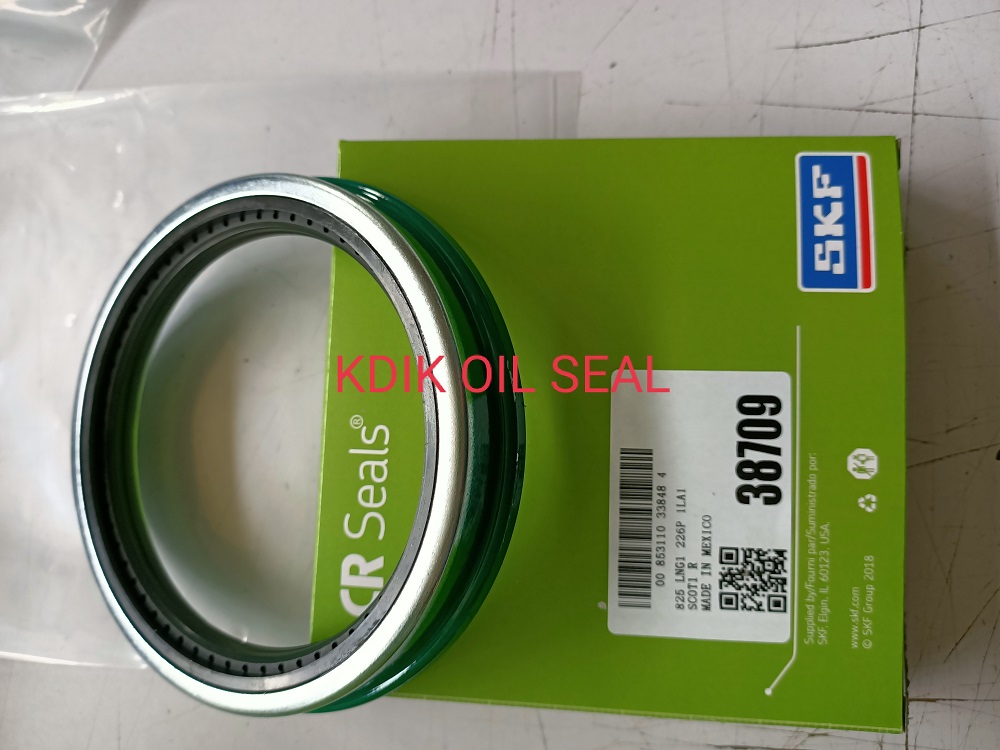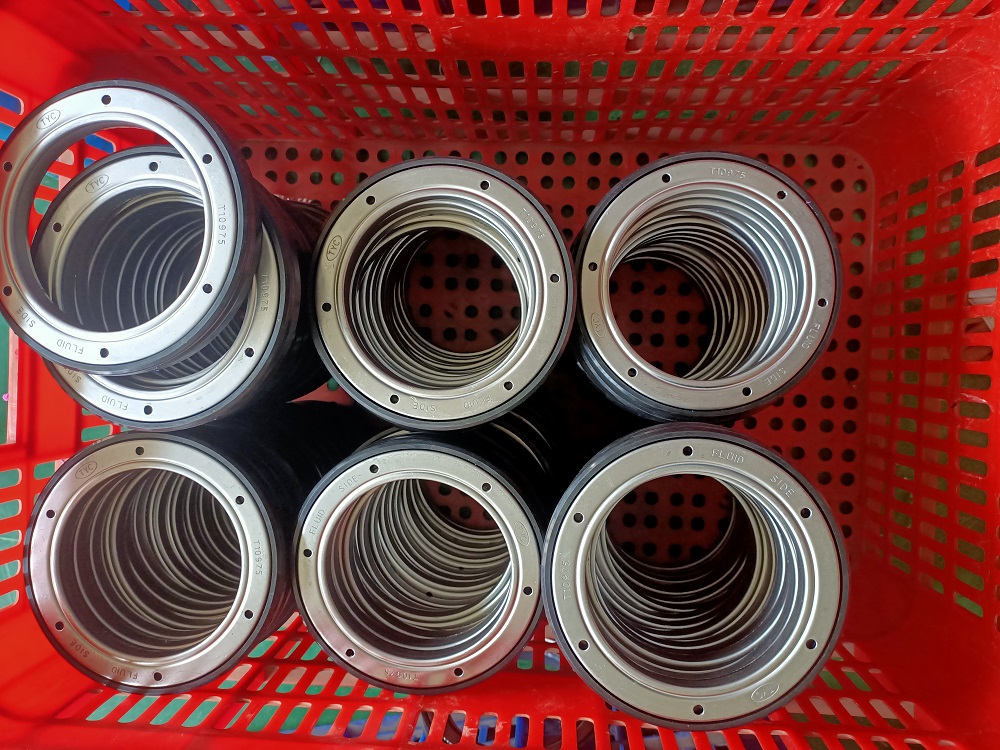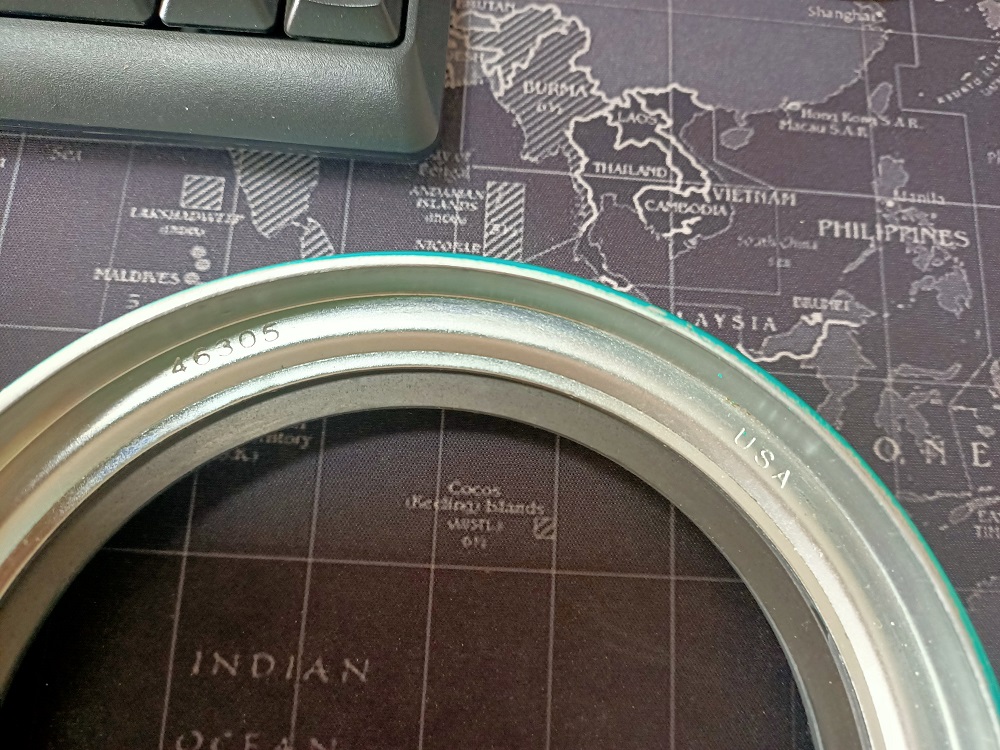Some Ways for Manufacturers to Reduce the Leakage of Rubber Seals
Whether you need to prevent leaks, remove contaminants, control pressure, or reduce friction, auto oil seal manufacturer HONGLEI's mission is to help you find the right sealing solution for your specific application requirements and business needs.
Seals typically consist of three basic components: a sealing element, a metal housing and a spring. The purpose of the sealing element is to stop the leakage of fluid between the shaft and the housing. We must select all materials according to the environment in which the oil seal will work.

Choice of materials
There are many materials that can be used to produce rubber sealants. Which one we should choose depends on the application of the product. It requires us to know the environment and requirements for its use. And it is necessary to have a good understanding of the various properties of the material at the same time. In addition to the general requirements for the seal material, the following conditions should also be noted.
(a) Elasticity and resilience.
(b) appropriate mechanical strength, including expansion strength, elongation and tear strength, etc.
(c) stable performance, not easy to expand in the medium, small thermal contraction effect.
(d) Easy to process and shape, and maintain accurate dimensions
(e) not corrosive contact surface, not contaminated media, etc.

How to choose
In the design process, it is very important how to choose the right rubber sealing material according to the actual situation. How to choose the material of rubber seal? We should start from the following aspects.
(a) First of all, we should consider the substances that the rubber seal needs to contact. In addition, we should pay attention to whether the rubber seal material can withstand the fluid to be sealed, such as air, water, oil, steam.
(b) In many cases, the primary function of the rubber seal is to be waterproof, but the addition of disinfectant residues in water or other media is an important consideration; disinfectants or media in water can react with the rubber seal and thus affect the sealing function and life of the sealant.
(c) Other factors in the use environment, such as long-term contact with ozone (ozone resistance), use temperature, etc., and different materials have different temperature resistance. In addition to the above factors, the tensile strength of the rubber seal, the pressure it is subjected to, etc. also need to be considered.

Proper storage
(a) Store in a cool place, but out of direct sunlight. UV light and moisture will accelerate the deterioration of the rubber and cause dimensional changes.
(b) Do not open the sealed package unless we use it to avoid dust sticking to or scratching the seal.
(c) When storing unpackaged products, do not stick to the products or bring in impurities and store them in their original condition.
(d) Seals should not be placed near heat sources, motors, or ozone generating sites.
(e) Do not use wire or rope to suspend seals. If stored in this manner, it will deform the seal and damage the lip.

Proper Installation
(a) Before seal installation, check the cylinder head groove and piston step, groove surface roughness, no sharp corners, burrs, collisions. Check the tolerance zone of the bottom diameter of the main seal groove. The groove size and accuracy should meet the geometric standard requirements of the seal. Ensure that the metal edges do not cause any damage to the seal during installation.
(b) When installing the cylinder seal, require a clean environment to ensure that the assembly is installed cleanly and that the seal direction is identified during installation to avoid assembly failure due to incorrect installation direction. When the seal is installed in the groove, do not use metal tools to avoid damaging the seal surface.
(c) When installing seals, apply only a small amount of grease to the metal surface to facilitate installation, but rubber elastomeric and sliding seals must be assembled without oil, and grease residue on the seal surface will affect sealing performance.
(d) If it is installed vertically or horizontally, the piston and cylinder should be kept coaxial, too much eccentricity will damage the seal. When the piston is assembled as a cylinder with internal threads, a guide bushing assembly must be used.

HONGLEI is a professional oil seal factory with over 18 years of experience. Our main product lines include: automotive oil seals, agricultural oil seals, tractor hub oil seals, valve stem seals, precision rubber parts, O-rings. Our products are widely used in coal mines, oil fields, electric power, ships, automobiles, locomotives, construction machinery, agricultural machinery and other industries. We accept customers' own design and OEM design orders, always focus on quality products with competitive price and best service.
If you are looking for oil seal manufacturer, please contact us.
评论
发表评论